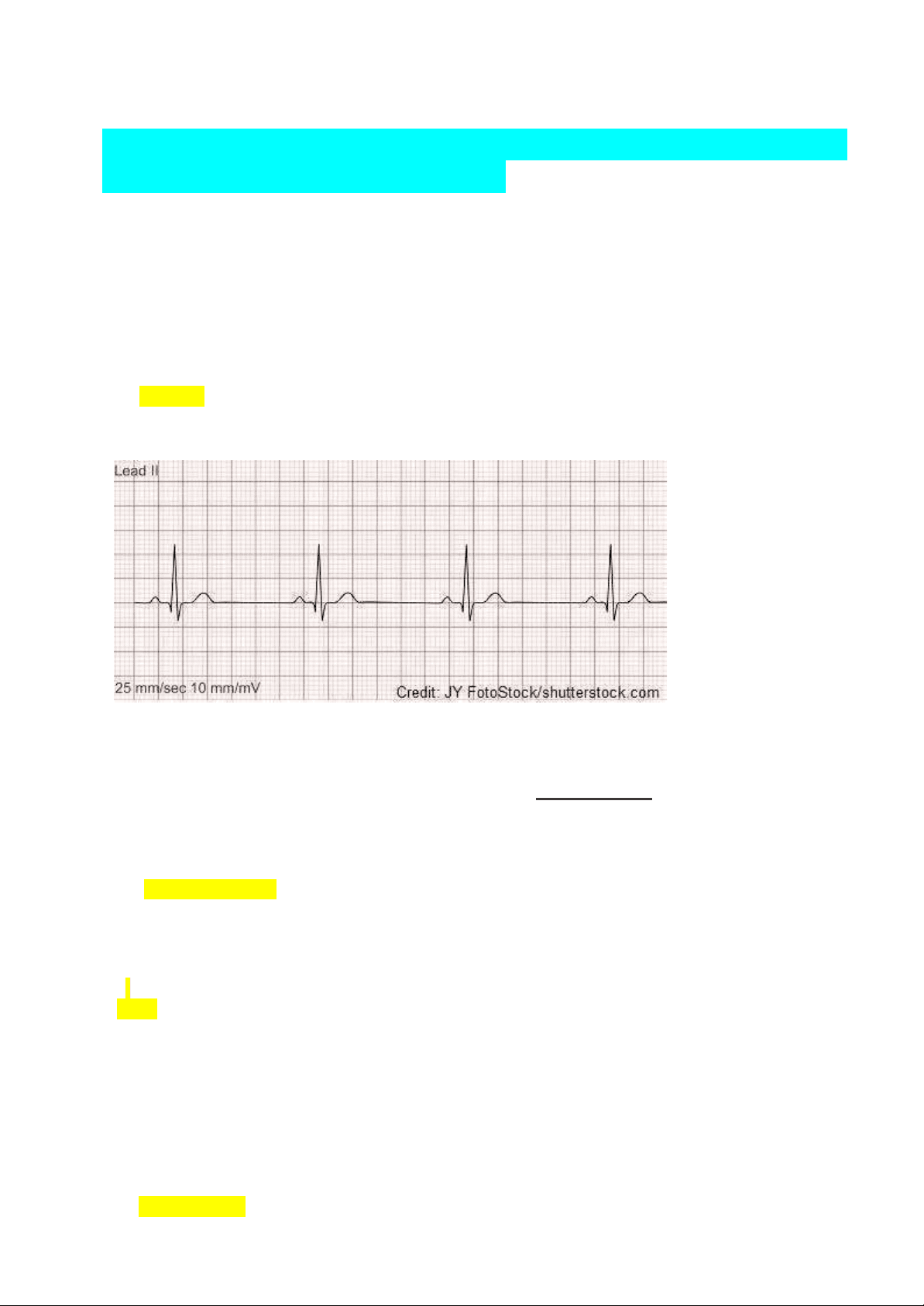
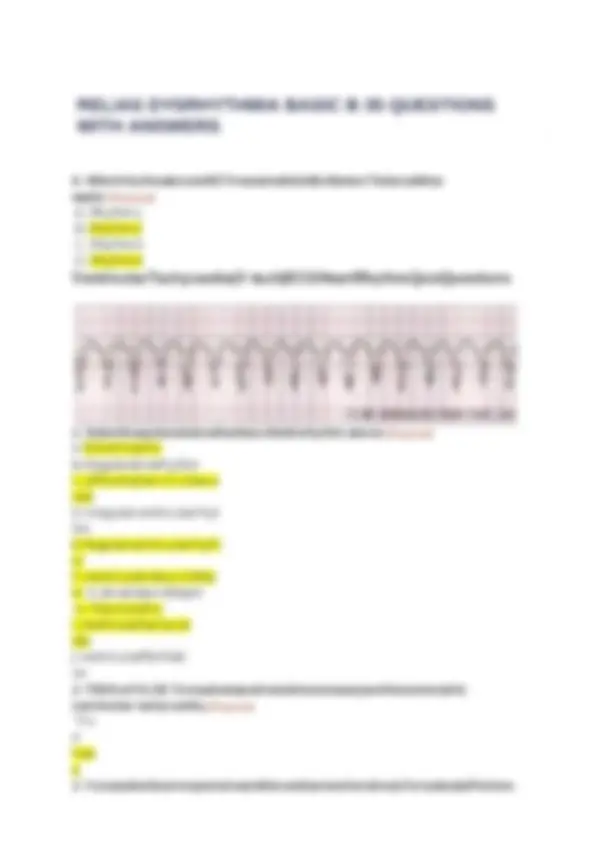


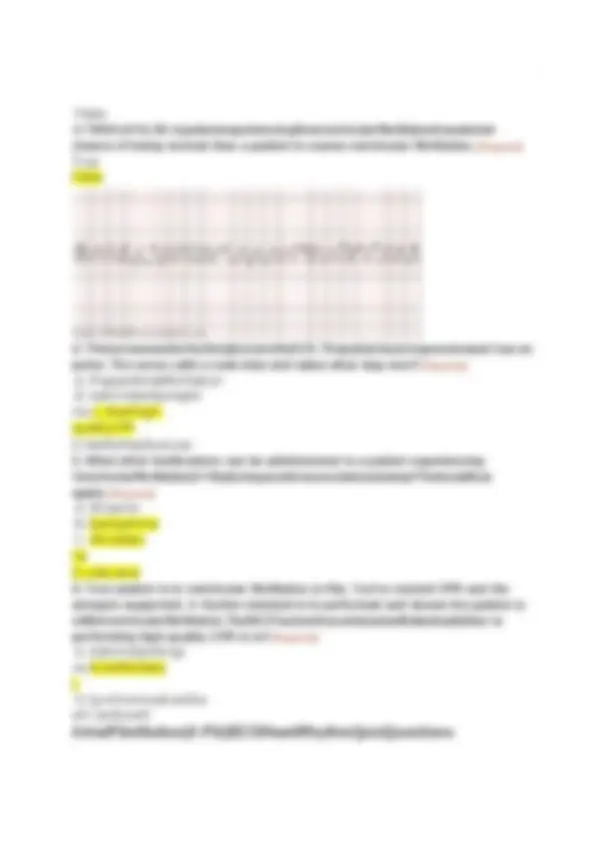
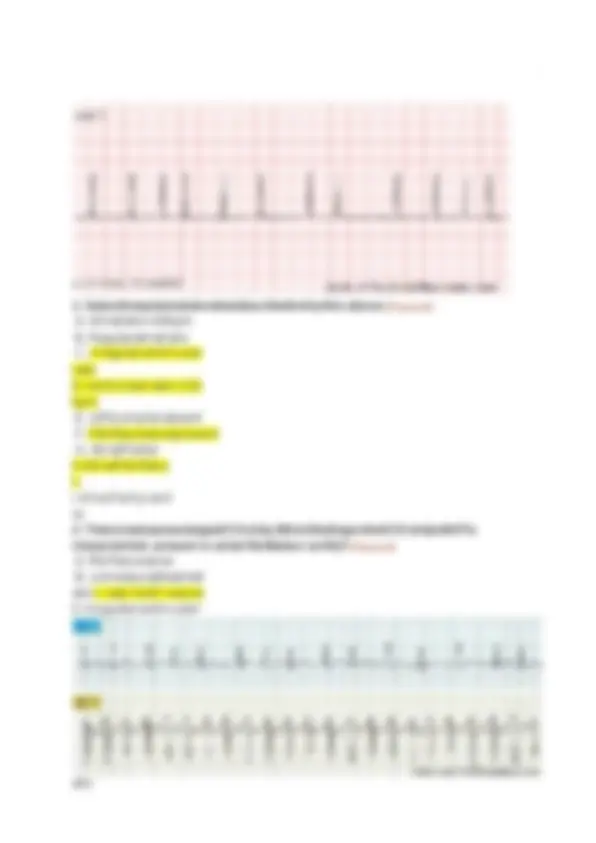



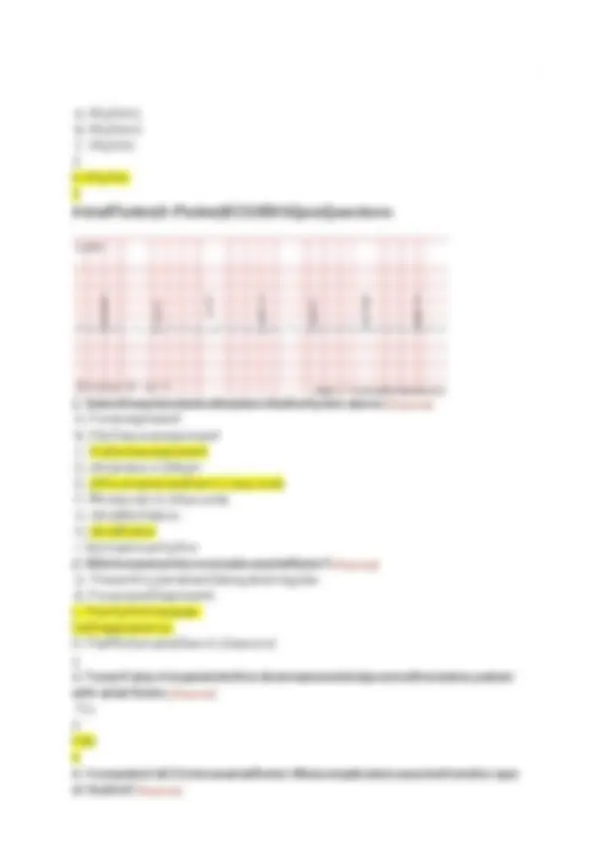
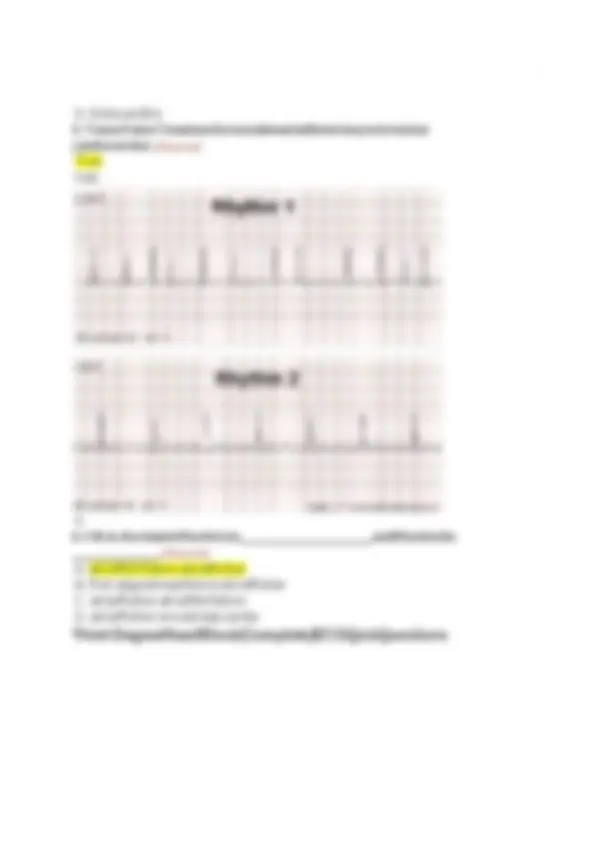
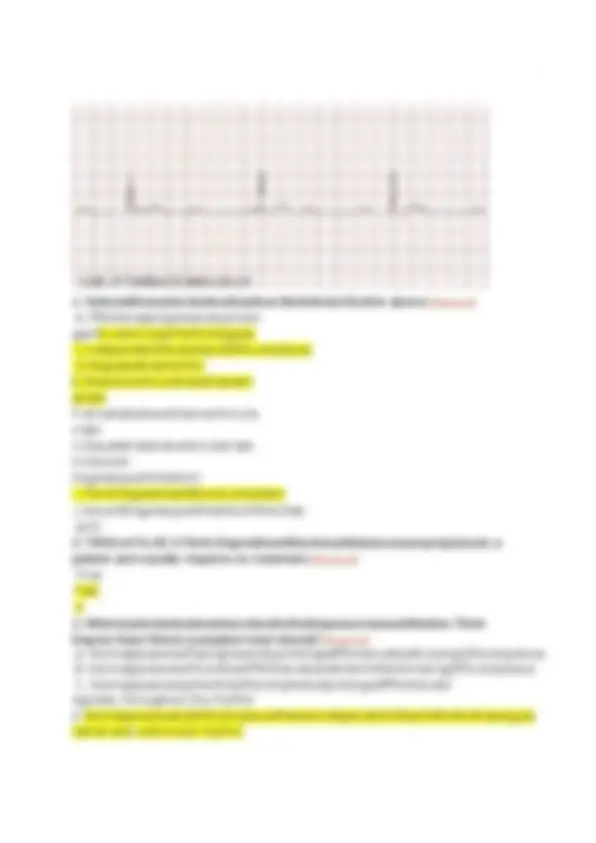

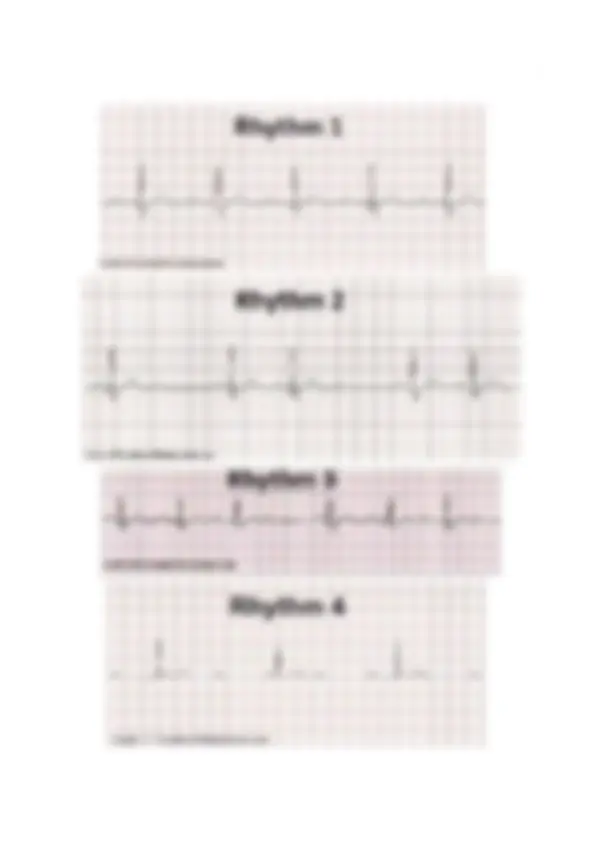
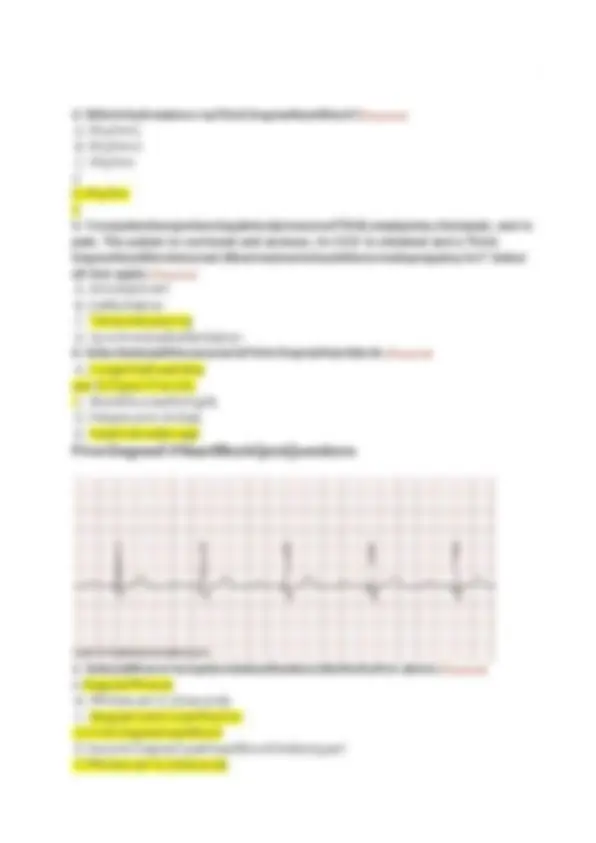
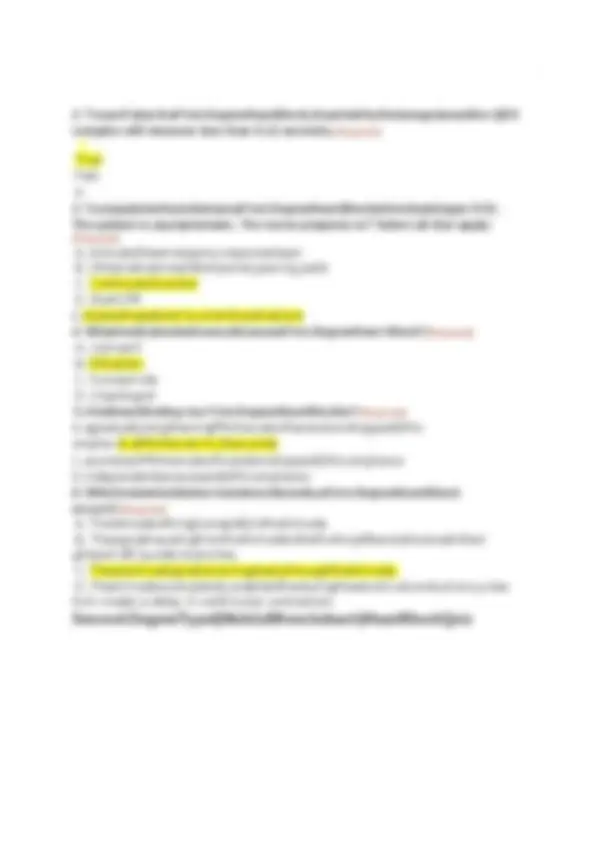
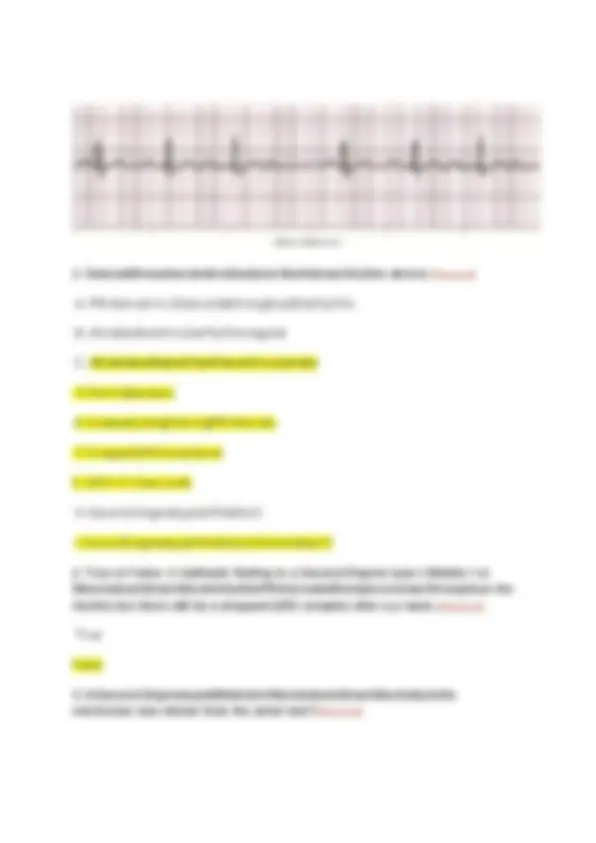

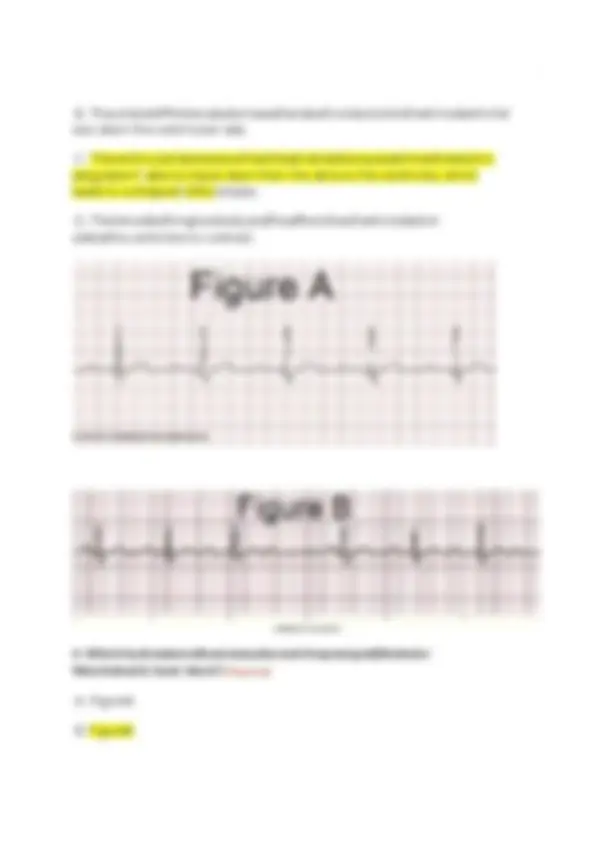
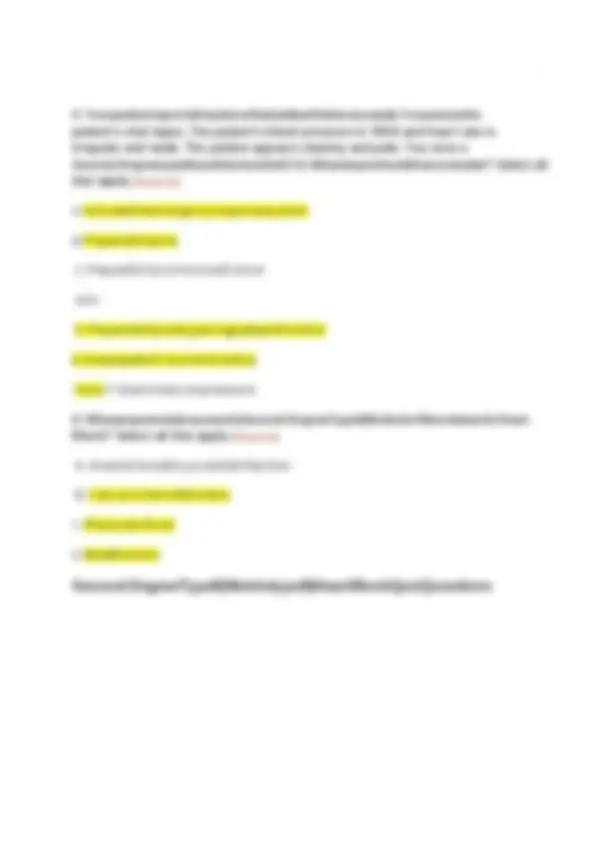
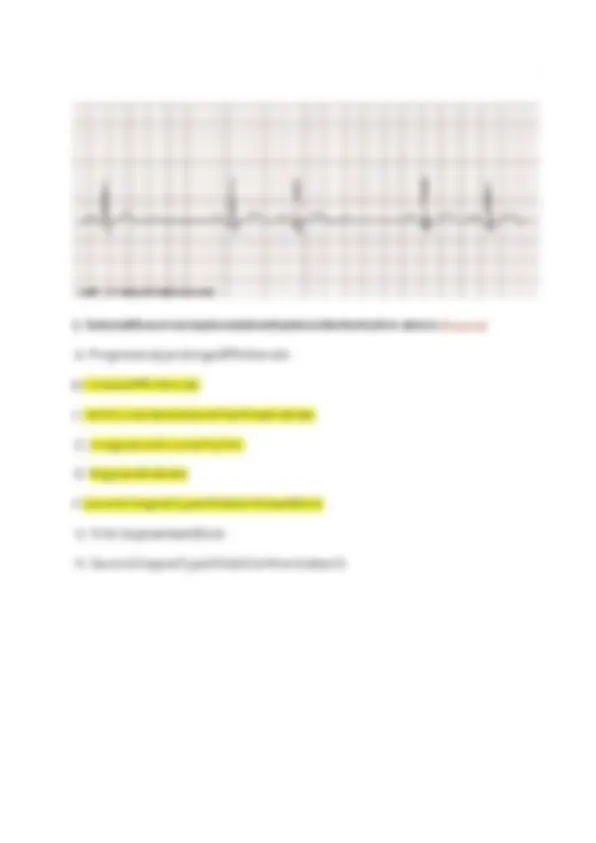
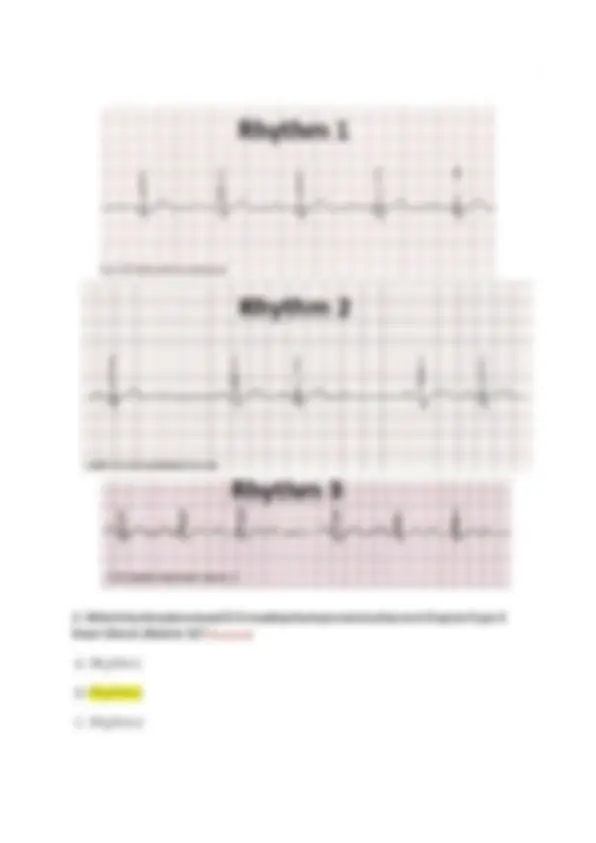
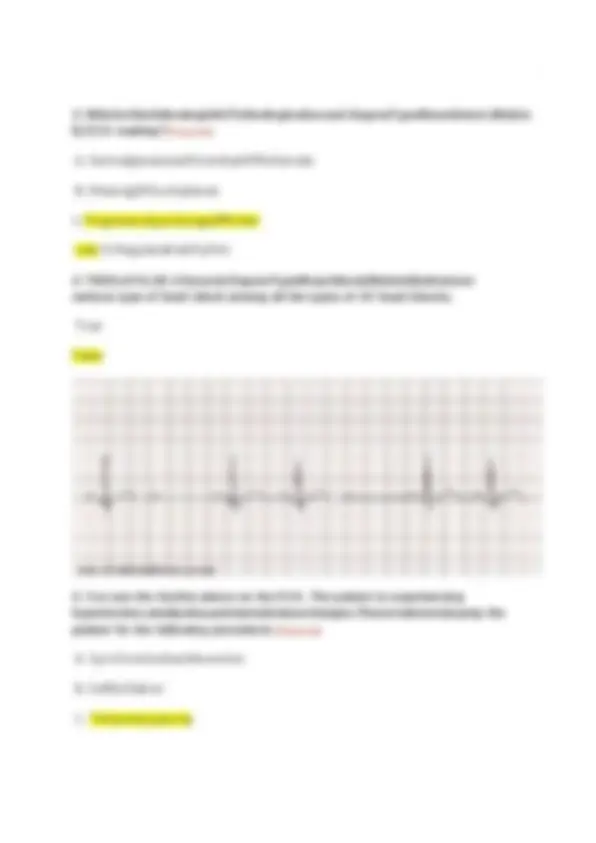
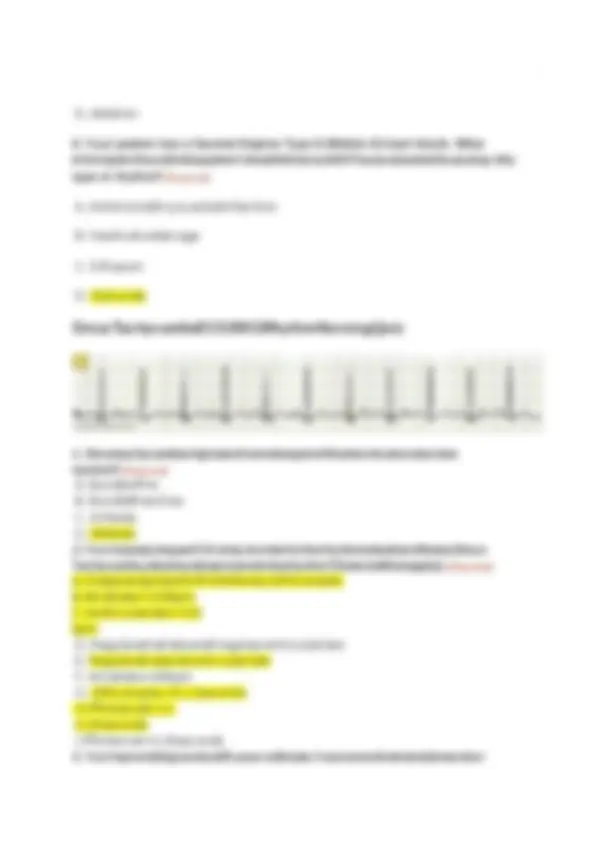

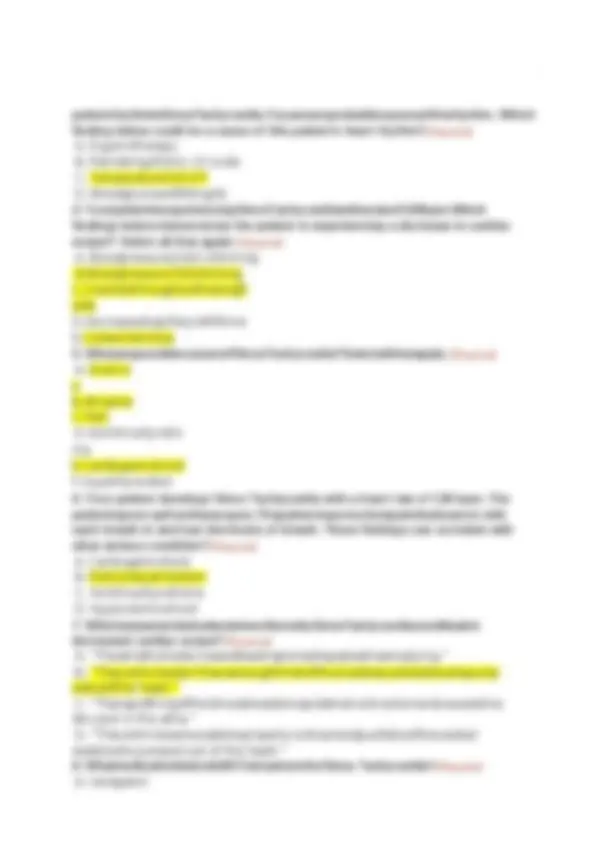

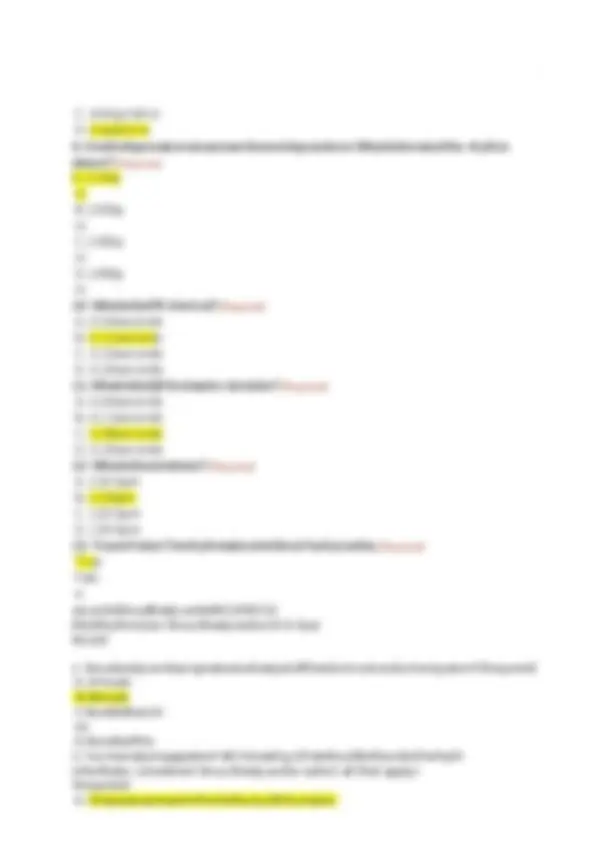


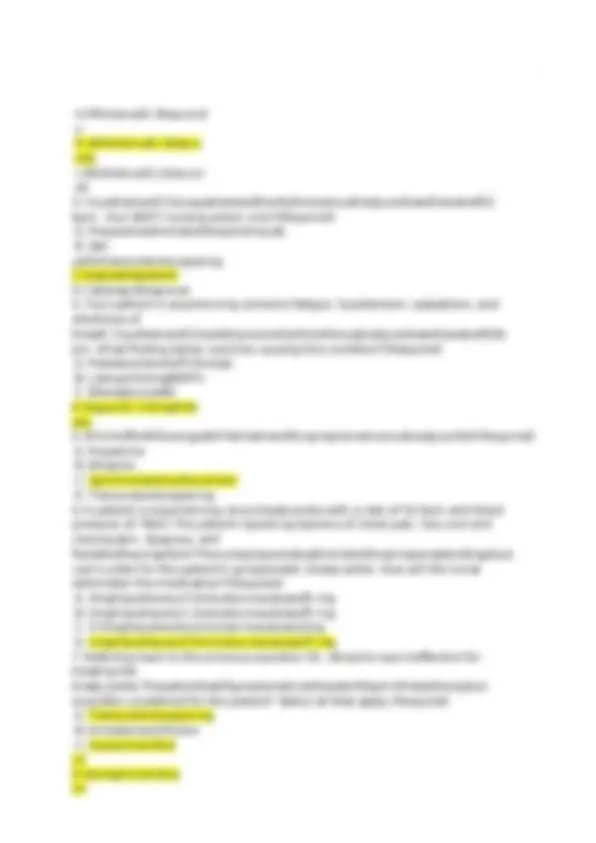

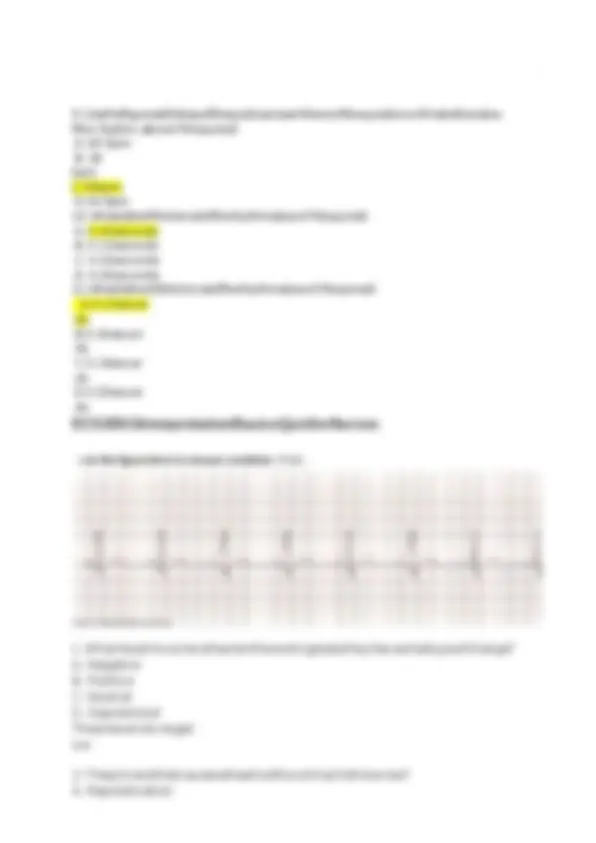

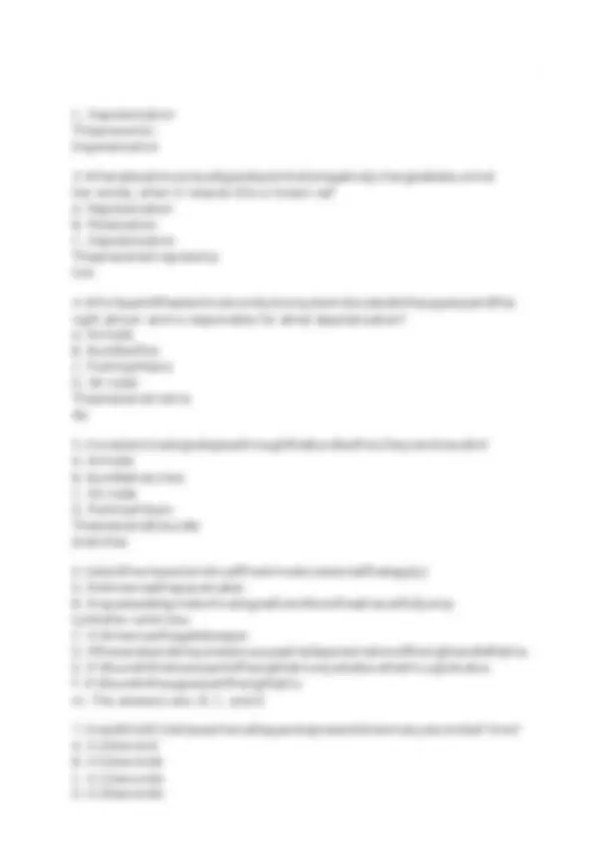

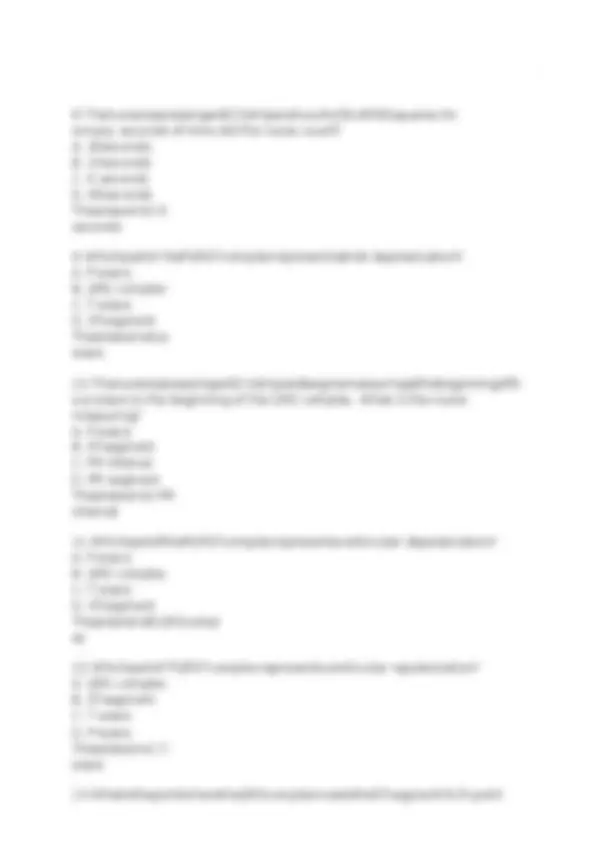

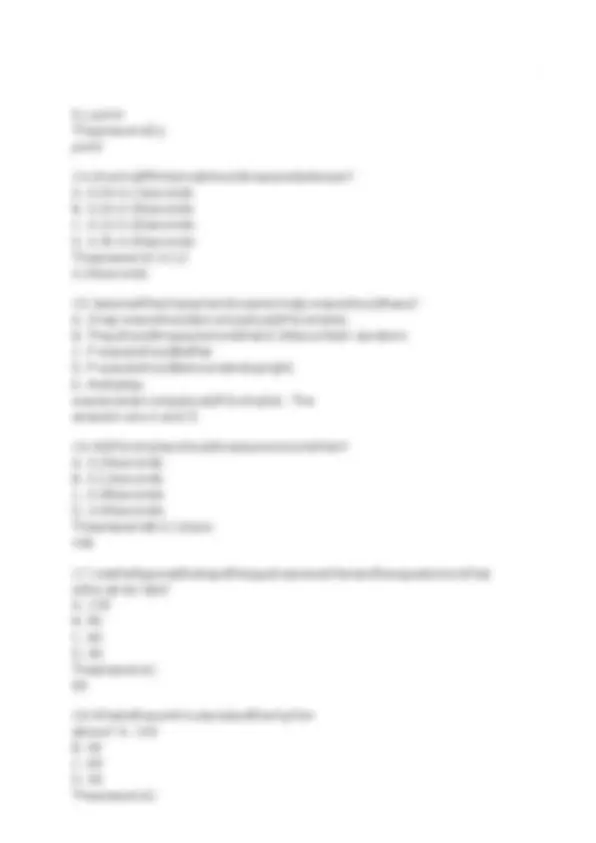

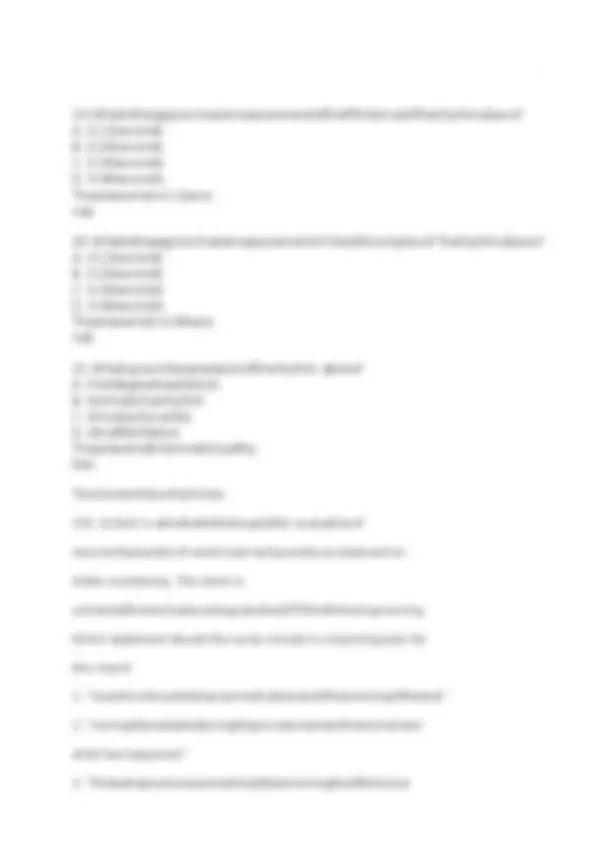

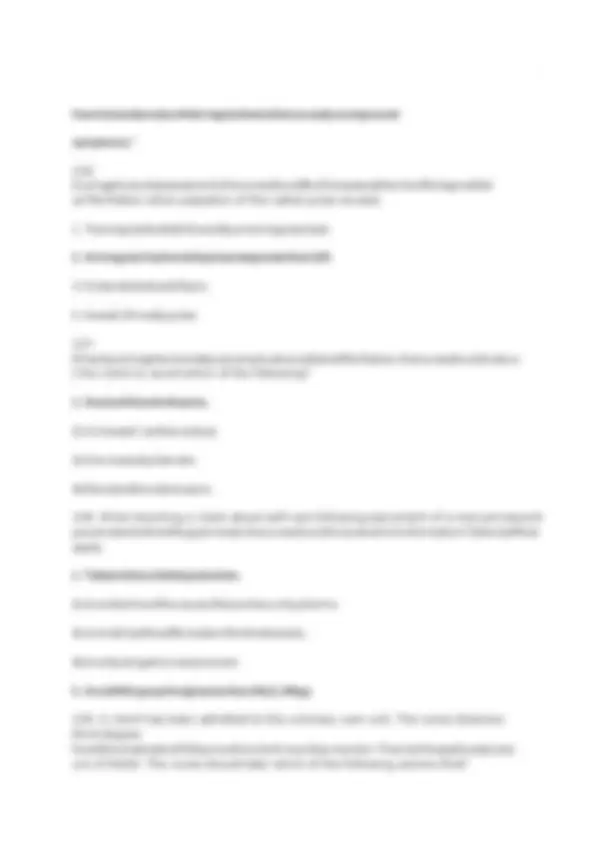

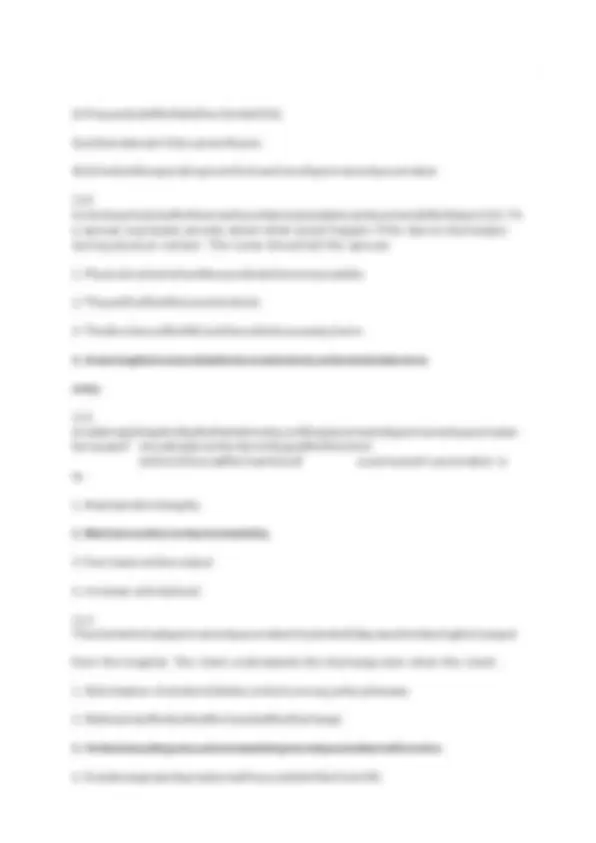


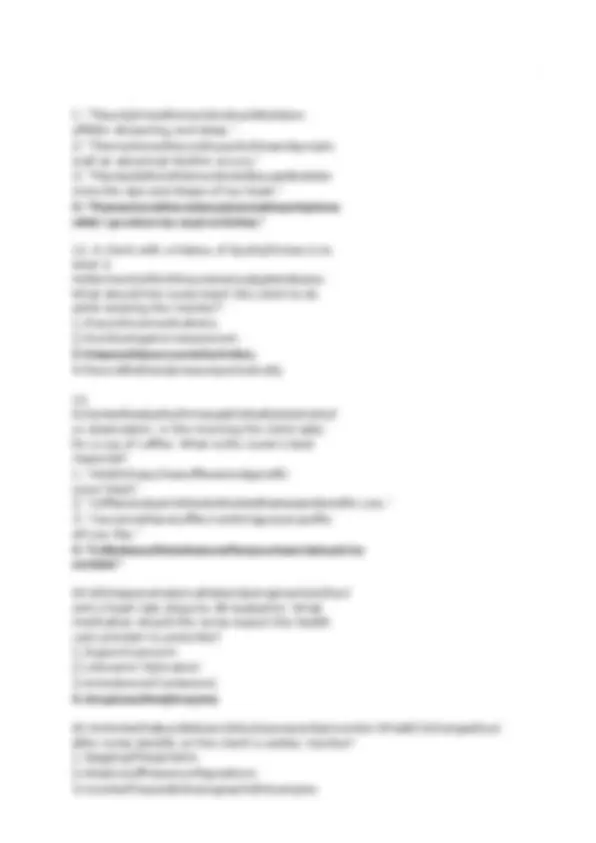

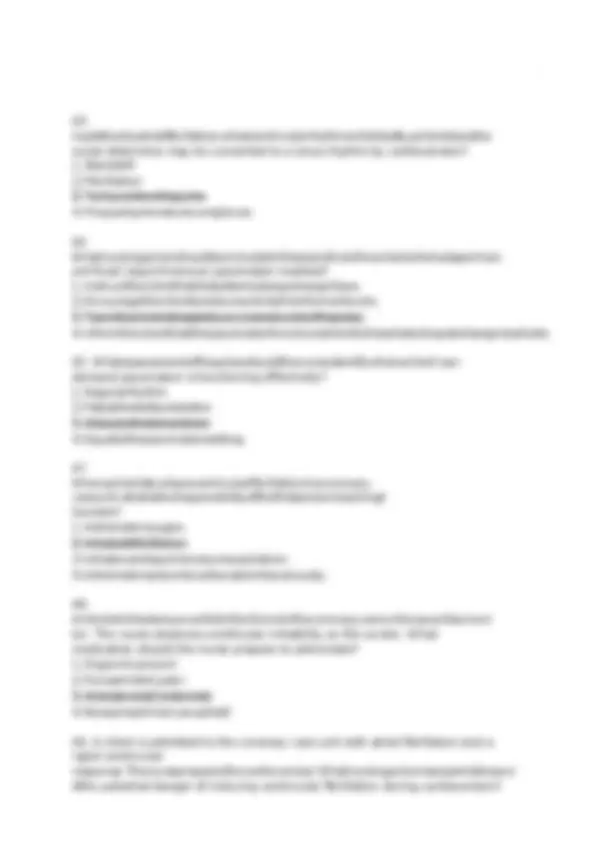

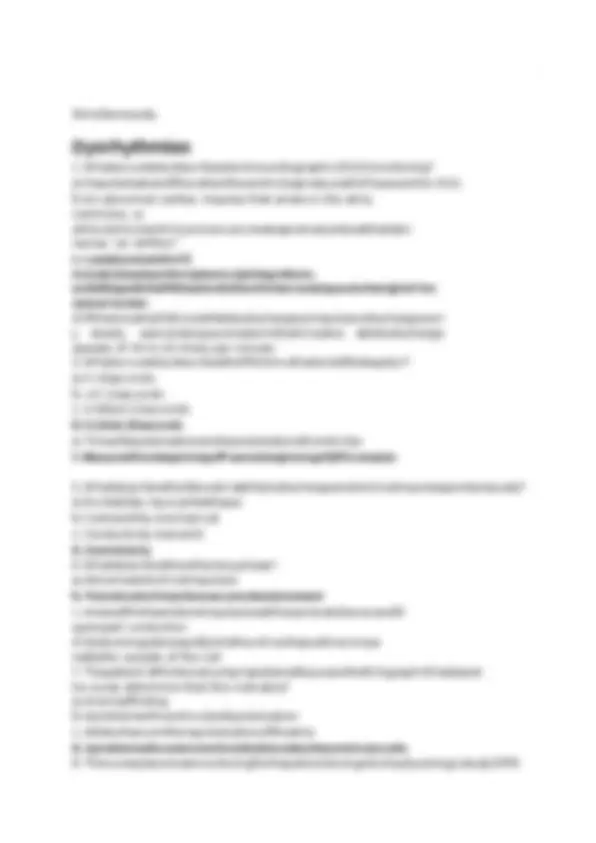

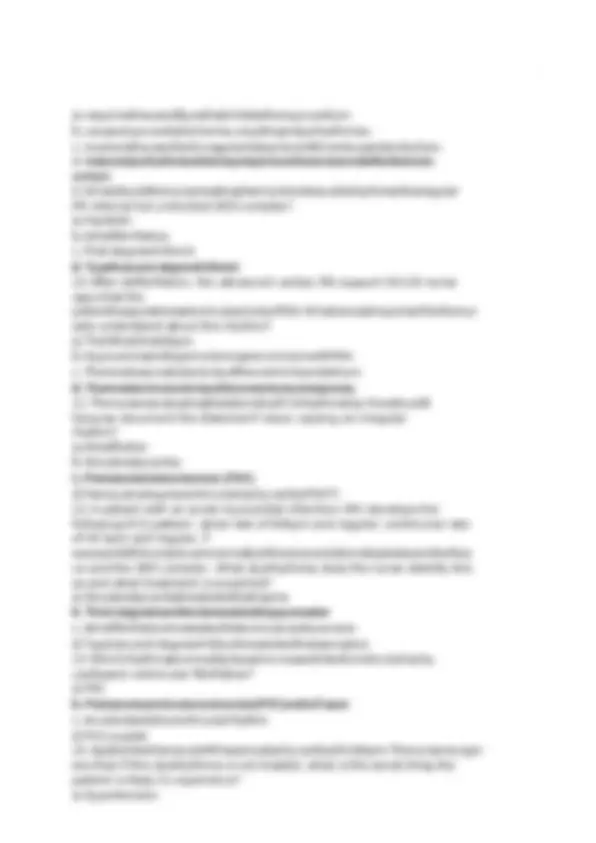

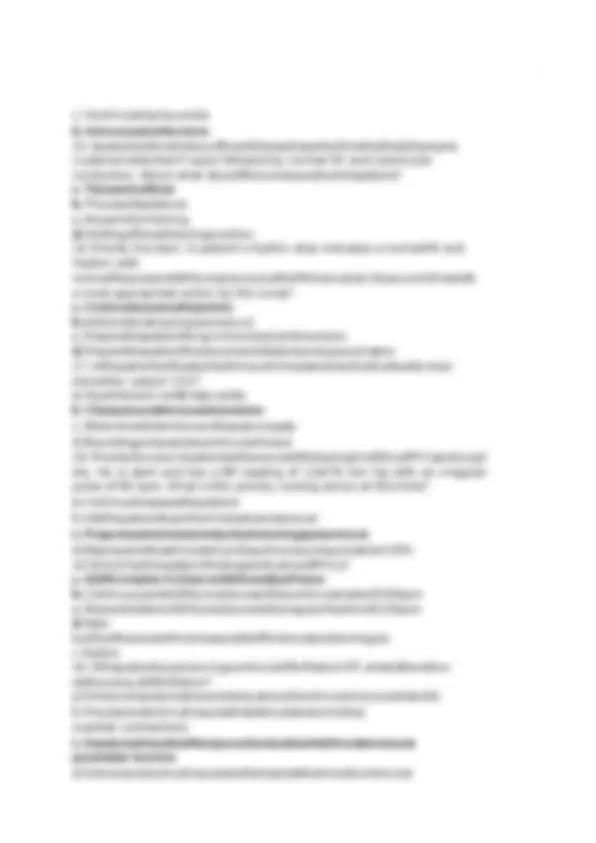

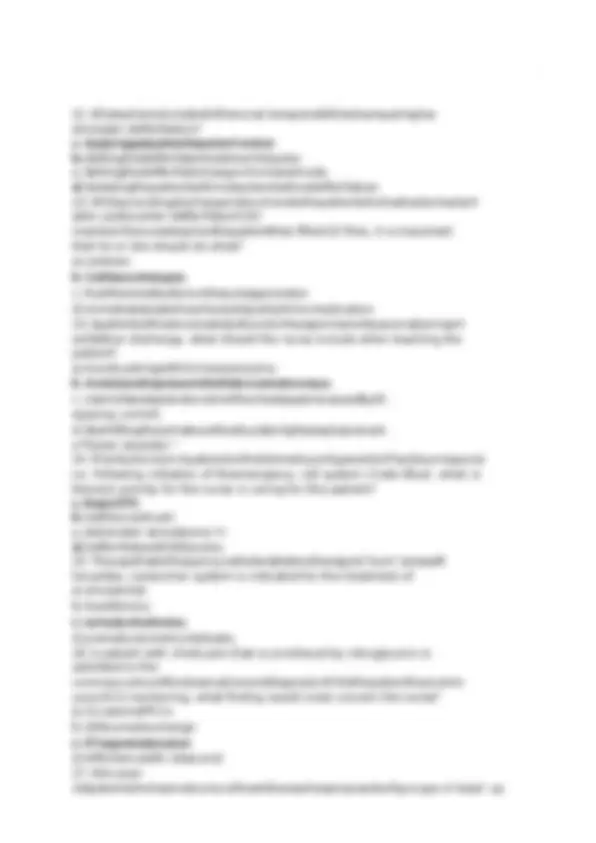


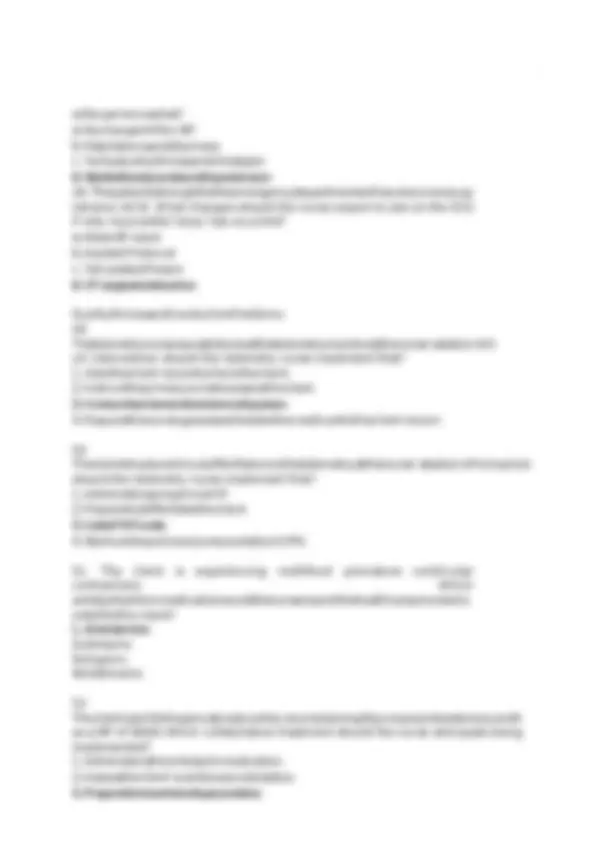

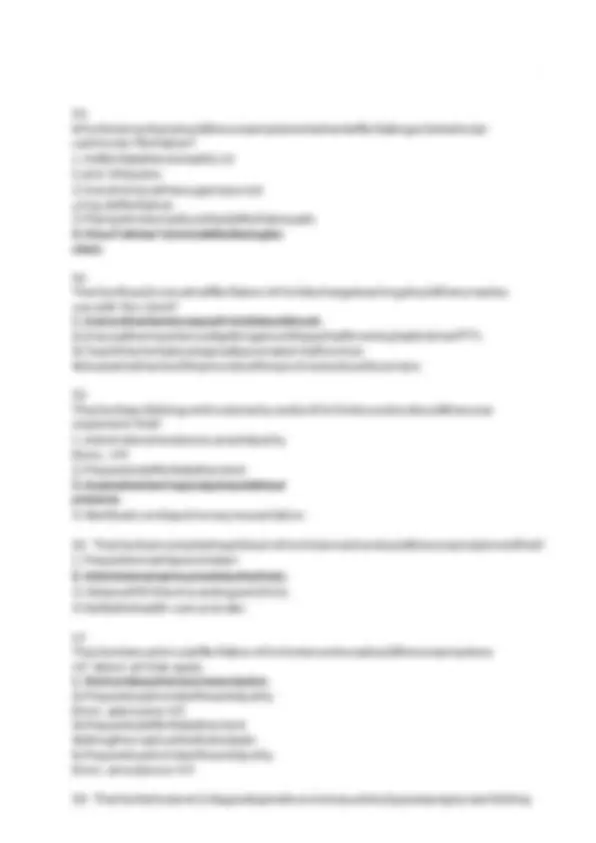

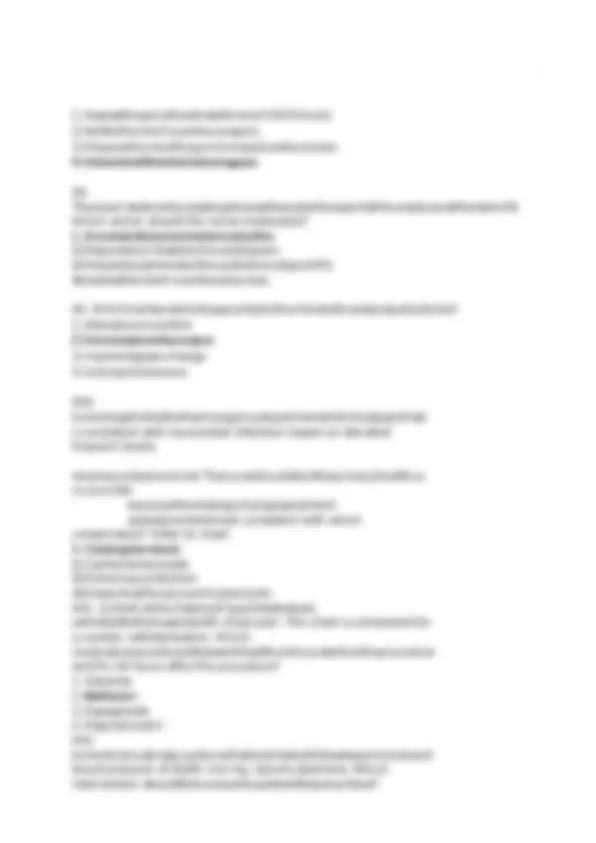


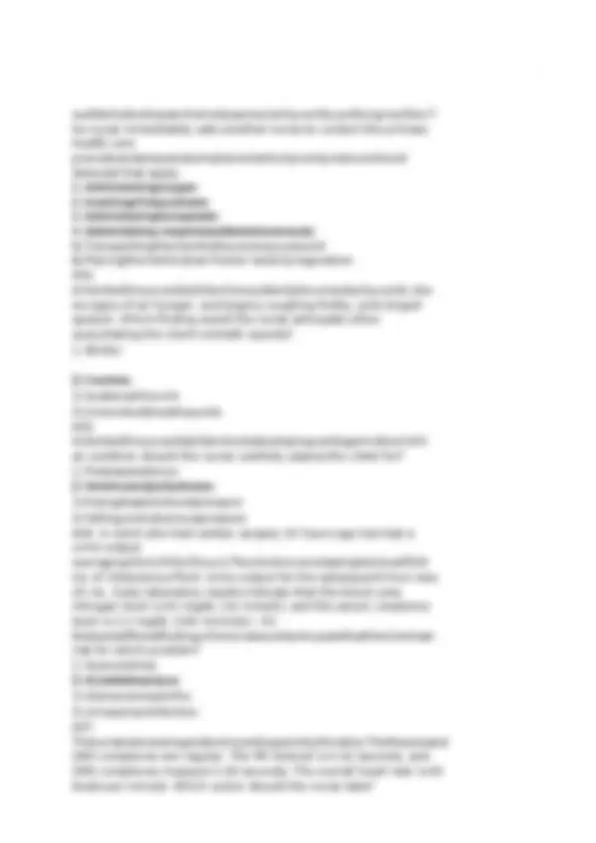


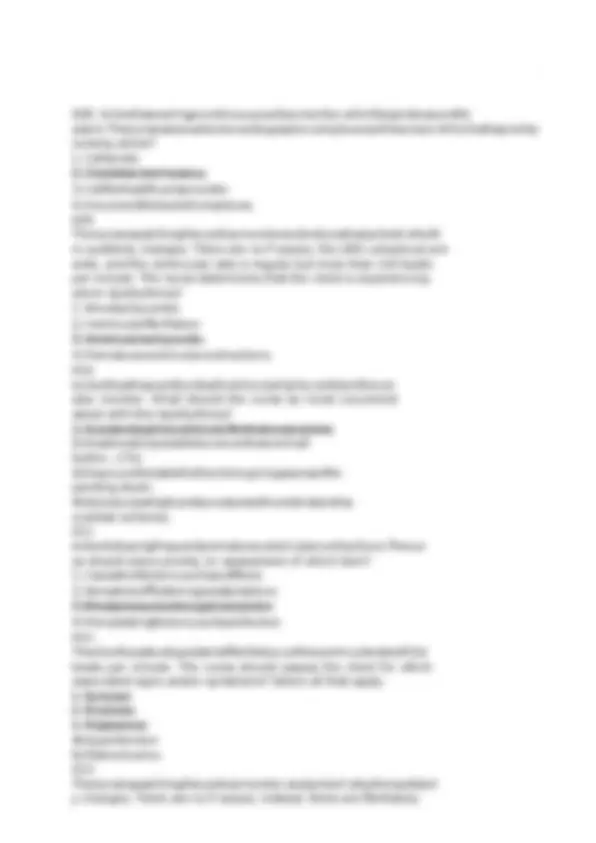


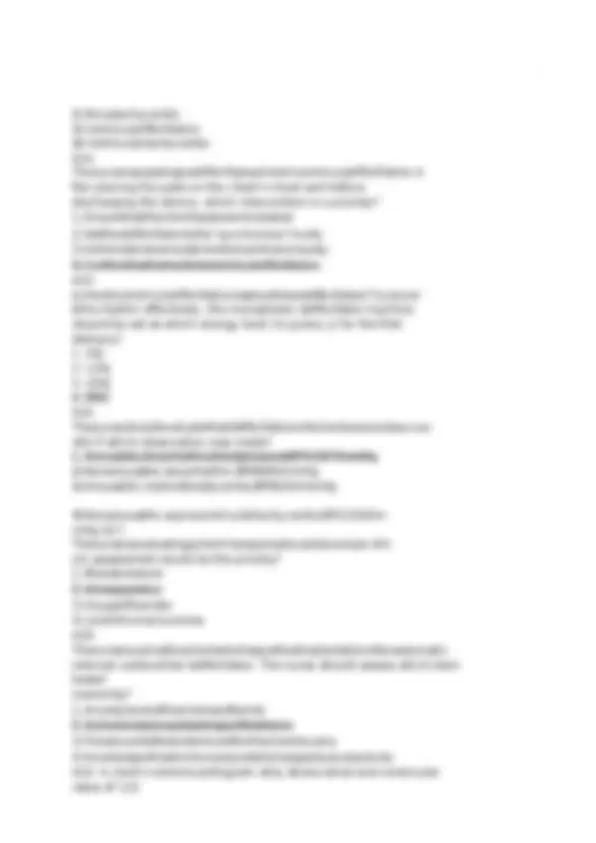


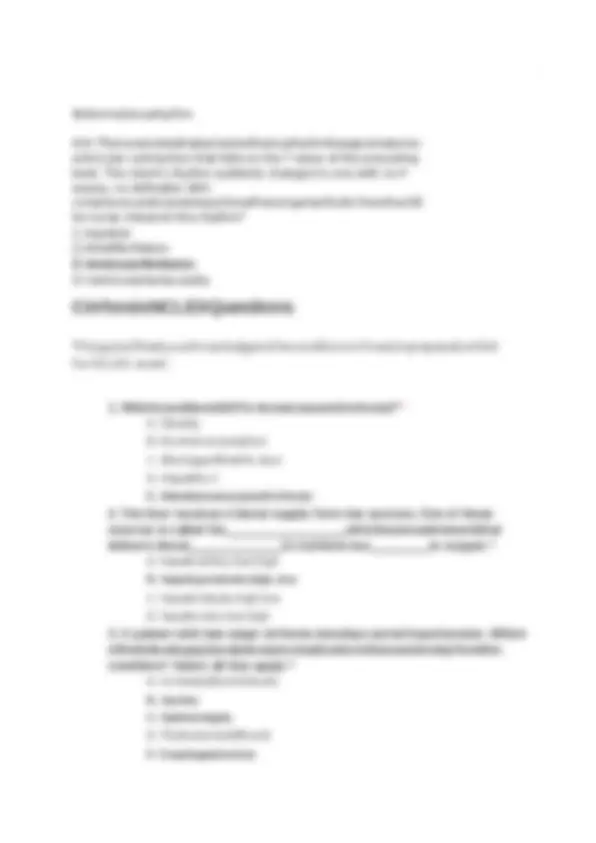
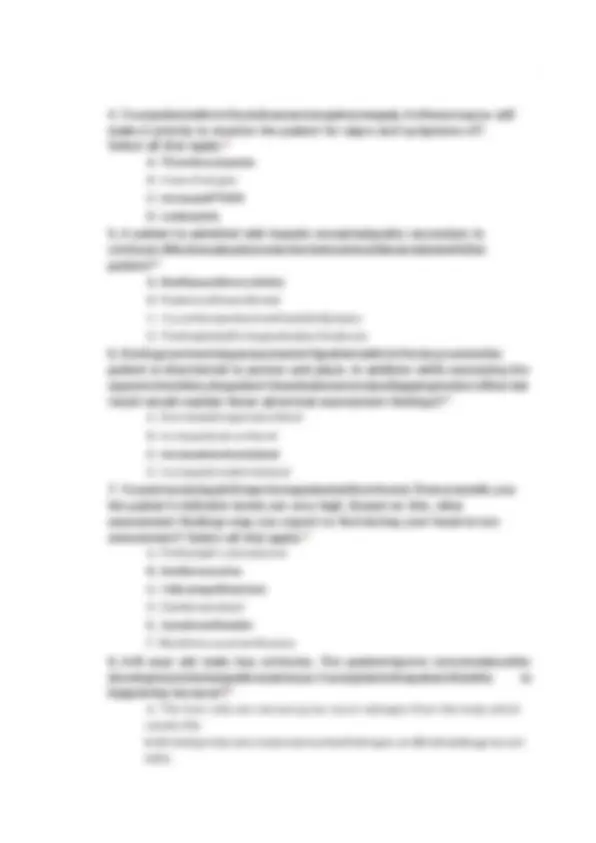
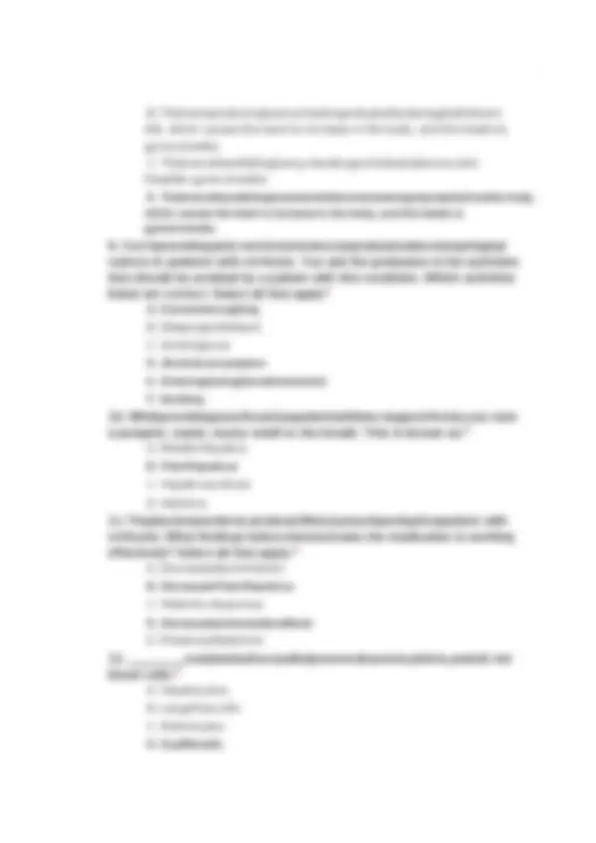

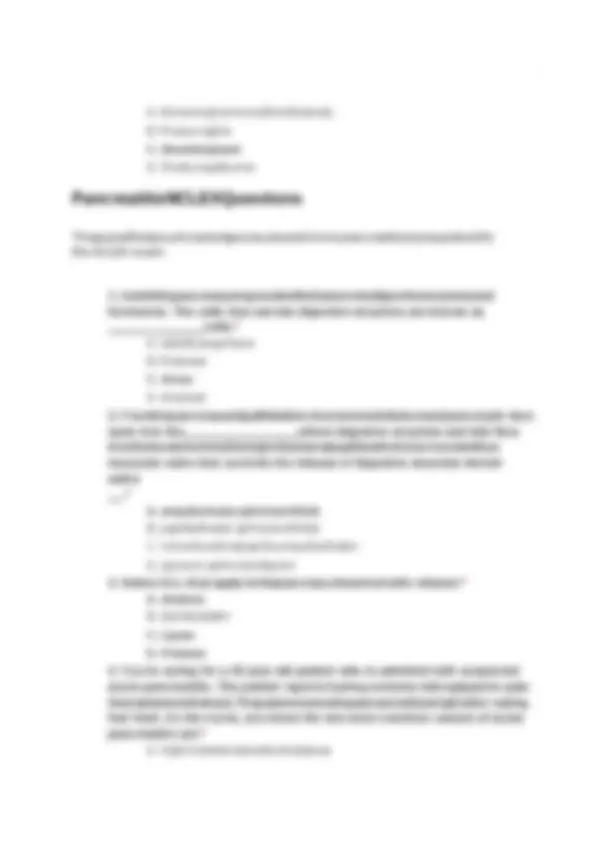
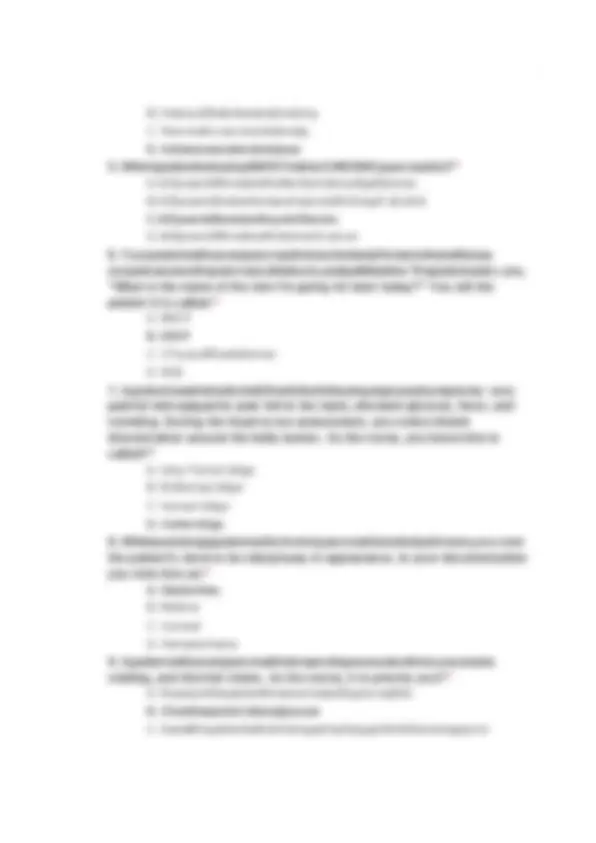

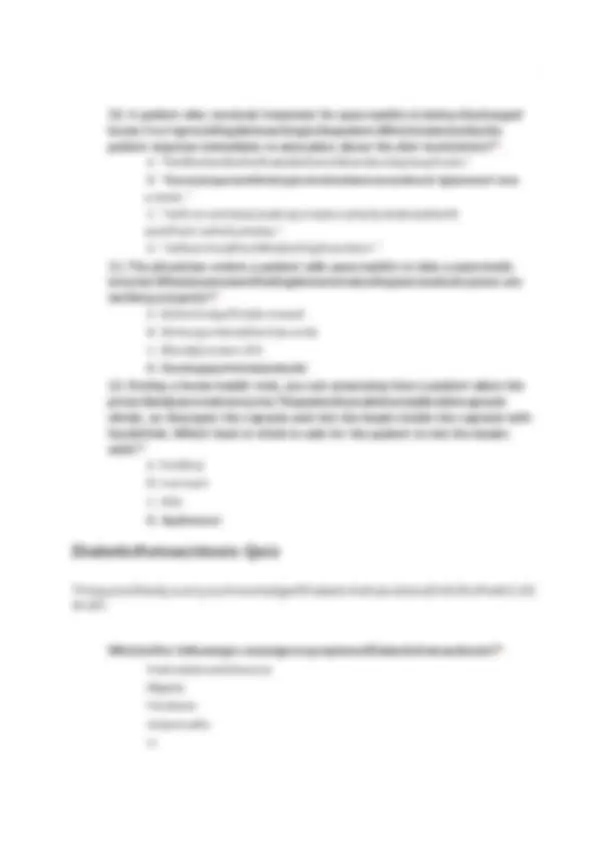
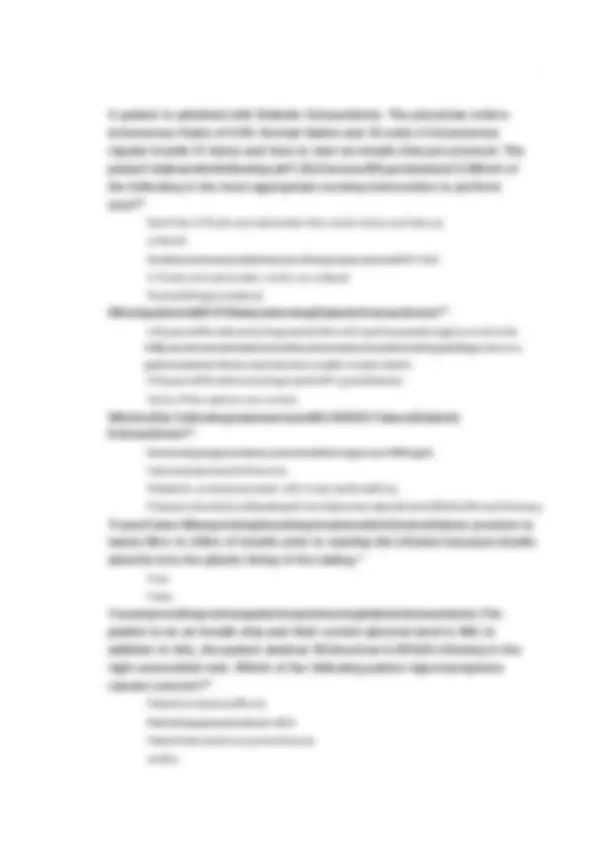

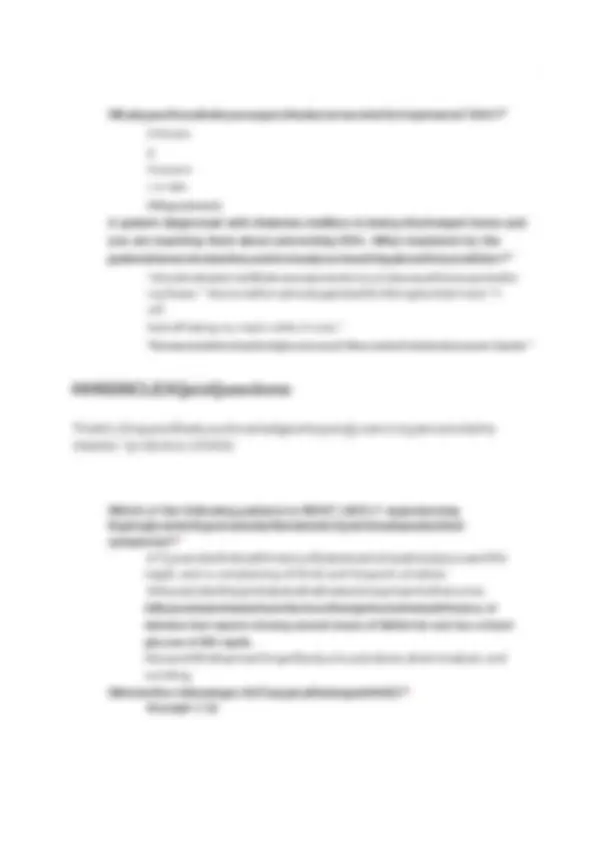

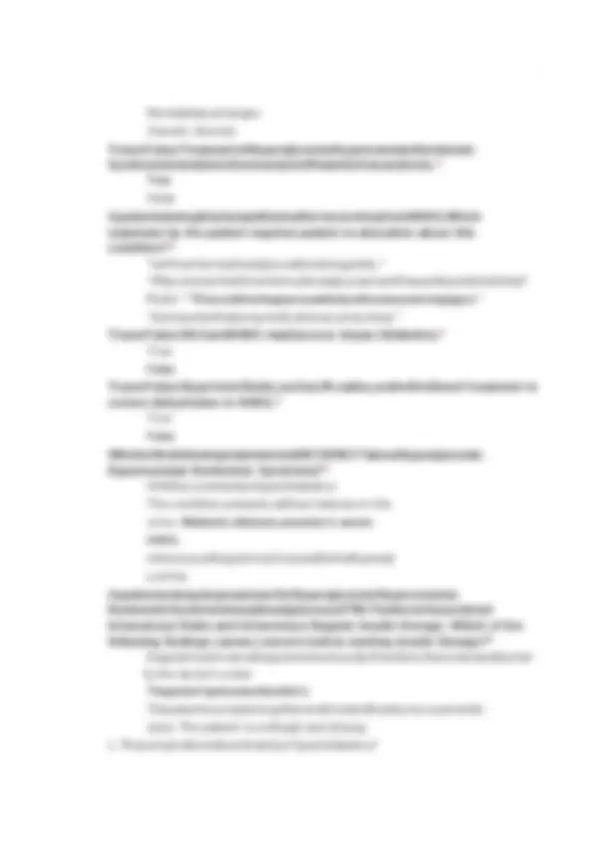

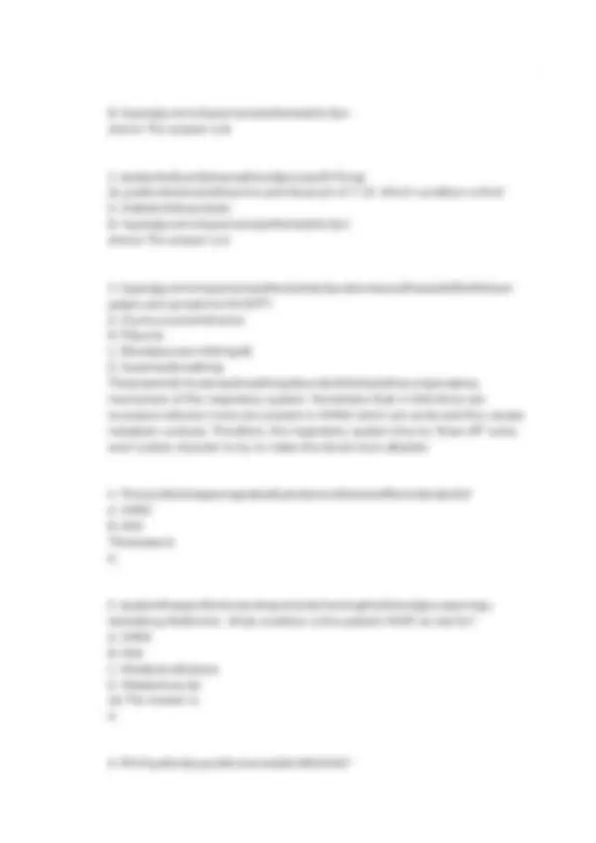

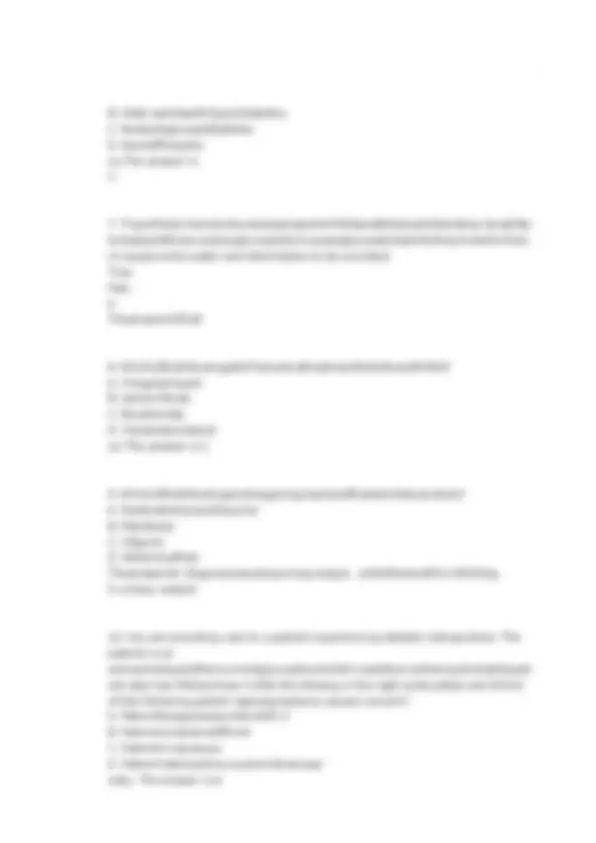


Study with the several resources on Docsity

Earn points by helping other students or get them with a premium plan


Prepare for your exams
Study with the several resources on Docsity

Earn points to download
Earn points by helping other students or get them with a premium plan
Community
Ask the community for help and clear up your study doubts
Discover the best universities in your country according to Docsity users
Free resources
Download our free guides on studying techniques, anxiety management strategies, and thesis advice from Docsity tutors
RELIAS DYSRHYTHMIA BASIC TESTBANK QUESTIONS WITH ANSWERS 2024-2025 ARELIAS DYSRHYTHMIA BASIC TESTBANK QUESTIONS WITH ANSWERS 2024-2025 ARELIAS DYSRHYTHMIA BASIC TESTBANK QUESTIONS WITH ANSWERS 2024-2025 ARELIAS DYSRHYTHMIA BASIC TESTBANK QUESTIONS WITH ANSWERS 2024-2025 ARELIAS DYSRHYTHMIA BASIC TESTBANK QUESTIONS WITH ANSWERS 2024-2025 ARELIAS DYSRHYTHMIA BASIC TESTBANK QUESTIONS WITH ANSWERS 2024-2025 ARELIAS DYSRHYTHMIA BASIC TESTBANK QUESTIONS WITH ANSWERS 2024-2025 ARELIAS DYSRHYTHMIA BASIC TESTBANK QUESTIONS WITH ANSWERS 2024-2025 A
Typology: Exams
1 / 112

This page cannot be seen from the preview
Don't miss anything!





























































































1. WhichofthefollowingisNOTfoundintherhythmPulselessElectricalActivity (PEA)? (Required) A. Organizati on B.Pulse C. Pwaves D. QRScomplexes 2. The nurse observes the rhythm above on the cardiac monitor. The nurse assessesthepatientandfindsthatthepatientisunresponsiveandhasnopulse. The nurse calls a code blue and starts CPR. Arhythm checked is performed and the same rhythm is noted with no pulse. What is an INCORRECT action by the code team for treatment of this rhythm? (Required) A. ContinueCPR B. AdministerEpinephr ine C.Defibrillation D.Supporttheairway 3. TrueorFalse:PEA(PulselessElectricalActivity)canhavemanypresentations on the ECG and can sometimes appear as a complete flat line. (Required) True Fals e 4. WhichmedicationbelowcanbeusedduringacodetotreatPEA(Pulseless Electrical Activity)? (Required) A. Atropine B. Amiodarone C. Lidocaine D. Epinephrine
asthepatient'srhythm. Asthecodeteamisattemptingtoresuscitatethepatient, you look through the patient's electronic health record to try to determine a potential cause for this rhythm. What found in the patient's record is a cause of this rhythm? (Required) A. Magnesiumlevel2mg/dL B. Amiodarone C. Potassium5mEq/L D. Glyburide
7. Thefollowingrhythmisnotedinyourpatient.Thepatientisunresponsiveand has no pulse. What order below would the nurse ask for clarification if received? (Required) A. IVAmiodarone B. IVMagnesiumSulfate C. Defibrillation D. IVepinephrine
1. Selecttheoptionsbelowthatdescribetherhythm above: (Required) A. Irregularatrialrate B. Regularventricularrate C. Finefibrillatorywaves D.Coarsefibrillatorywa ves E.TorsadesdePointes G.Asystole H.Ventriculartachycard ia I.Ventricularfibrillation 2. TRUEorFALSE:Ventricularfibrillation(V-fib)isalethalrhythmthatresultsin the quivering of the ventricles which leads to a rapid fall in cardiac output. (Required) True
False
3. TRUEorFALSE:Apatientexperiencingfineventricularfibrillationhasabetter chance of being revived than a patient in coarse ventricular fibrillation. (Required) True False 4. ThenurseseestherhythmaboveontheECG.Thepatientisunresponsiveand has no pulse. The nurse calls a code blue and takes what step next? (Required) A. Preparefordefibrillation B. AdministerEpinephr ine C.Starthigh- qualityCPR D.Notifythephysician 5. What other medications can be administered to a patient experiencing Ventricularfibrillation(V-fib)duringacoderesuscitationattempt?Selectallthat apply: (Required) A. Atropine B. Epinephrine C. Amiodaro ne D.Lidocaine 6. Your patient is in ventricular fibrillation (v-fib). You’ve started CPR and the airwayis supported. A rhythm checked in is performed and shows the patient is stillinventricularfibrillation.TheNEXTactionthecodeteamwilltakeinaddition to performing high-quality CPR is to? (Required) A. AdministerAtropi ne B.Defibrillate z D.Synchronizedcardiov ert cardiovert
3. Thepatient'sECGshowstherhythmabove.Thepatientissymptomatic and
experiencingshortnessofbreathandchestpain.Thepatient'sbloodpressurein
7. Whichrhythmaboveisatrial fibrillation? (Required)
A. Pericarditis B. Stroke
C. Hypoglycemia
1. Selectalltheoptionsbelowthatdescribetheheartrhythm above: (Required) A. PRIntervalprogressivelyprolon ged B.Ventricularrhythmregular C.IndependentPwavesandQRScomplexes D.Regularatrialrhythm E.Slowerventricularratethanatri alrate F.Atrialrateslowerthanventricula rrate G.Equalatrialandventricularrate H.Second- DegreetypeII(MobitzII) I.Third-DegreeHeartBlock(complete) J.SecondDegreetypeI(MobitzIorWenckeb ach) 2. TRUEorFALSE:AThird-DegreeHeartBlockisunlikelytocausesymptomsin a patient and usually requires no treatment. (Required) True Fals e 3. Whichoptionbelowbestdescribesthefindingsanursewouldfindina Third- Degree Heart Block (complete heart block)? (Required) A. NormalpwaveswithprogressivelyprolongedPRintervalandmissingQRScomplexes B. NormalpwaveswithconstantPRintervalsandintermittentmissingQRScomplexes C. NormalpwaveseachwithaQRScomplexbutprolongedPRintervalsr egularly throughout the rhythm D.NormalpwavesandQRScomplexesthatareindependentofeachotherbuthasregula ratrial and ventricular rhythm